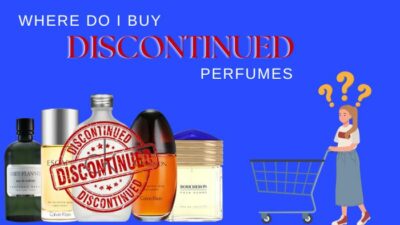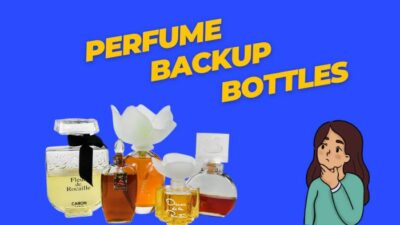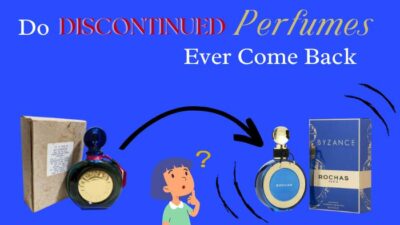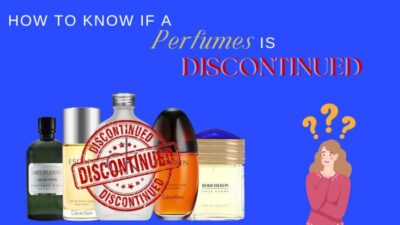Women think perfumes are their most effective ornament to complete their daily look. A fragrance does not only add value to your looks; it gives you confidence and projects your personality through scent.
Flowers are among the most common elements in women’s fragrances, making a perfume extra unique and delicate.
Sometimes, they are also used in men’s perfume.
Floral notes represent a sign of love and affection. And they have been added to fragrances since the ancient Egyptians, Greeks and Romans blended plant-based ingredients to create scented oil.
To know every detail about how a floral perfume is manufactured, please read till the end of the article.
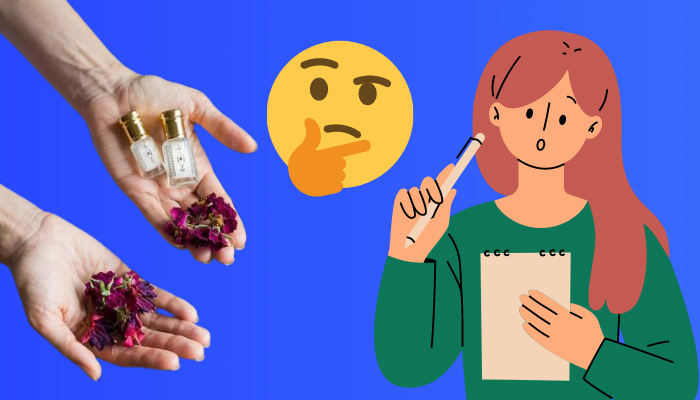
How are Flowers Used in Perfumes?
All flowers are extracted from nature and blended by perfumers to make your scent.
Most floral perfumes are synthetic, which contain chemicals instead of natural ingredients. These lab-made chemicals smell like natural flowers, which you enjoy spraying the fragrance. Many fragrances also have natural scents, and demand for these alternatives is growing.
History of Floral Perfumes
Flowers used in scents go back in history.
The Egyptians put down roots in the fourth millennium B.C. They were creating fragrant oils and balms from herbs and flowers. Women would run into lilac gardens to get the scent on them and even wrap the lilies in cloth and twist the material around two sticks above a large vessel to squeeze out the water or oil required to extract the perfume from the flower.
Not only lilacs, Egyptians would use other elements like rose, cinnamon, parsley, lemongrass, and myrrh.
Due to rising demand and creative methods of extracting the smells, the first steps toward manufacturing essential oils by distillation were taken.
It has been found through archaeological findings, oral tradition, and very early writings that flowers and herbs were offered to the Gods even earlier in civilization.
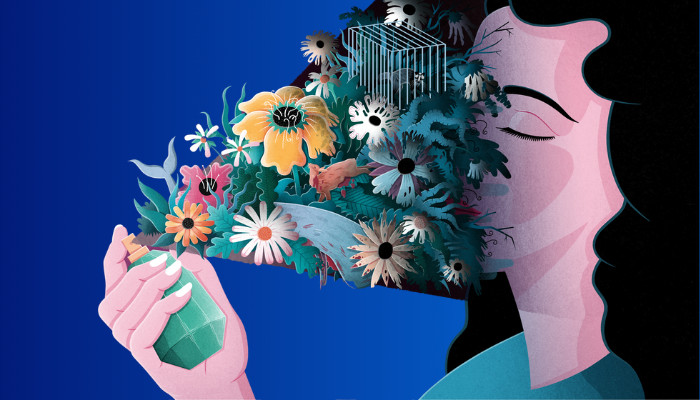
Trade with the Orientals was re-established at the start of the 13th century, which led to the appearance of more exotic flowers, herbs, and spices.
By this time, the Arab races were skilled in distillation and chemistry. Venetian became the epicenter of the European perfume trade, which quickly extended to other nations. The production of fragrances and related products like aromas, cosmetics, etc., has been done using natural flowers for at least 4000 years.
Although perfume and scent production has a long history, the first synthetic fragrance substance was not created until the late 18th century. The whole perfume industry grew along with the development of artificial scent methods afterward.
Which Flowers are Used to Make Perfumes?
The release of happy hormones and brain renewal are both aided by floral scents. These flowers’ pleasing fragrance is widely used in the perfume industry to create appealing scents for different occasions, in addition to being used in aromatherapy to promote healing.
Here are some commonly used flowers in fragrances:
Rose: It is known as the queen of flowers. People consider it a symbol of love, affection, and scent. Rose essential oil is expensive because of the number of roses needed to extract a small portion.
Jasmine: The rose is the queen of flowers, and jasmine has long been regarded as the king. Because jasmine has a relaxing impact on the brain, it’s often utilized in aromatherapy.
Jasmine flowers are frequently used to decorate wedding ceremonies because it symbolizes love and peace in many countries. It also represents modesty; being tiny and unassuming, jasmine flowers have a potent aroma.
Violet: It has a sophisticated scent that is gentle, powdery, and romantic, making it a favorite in the perfume industry.
Ancient peoples believed that the flower of fertility, the violet, was also a remedy for headaches and nausea, so its garlands were worn around the head to symbolize this belief.
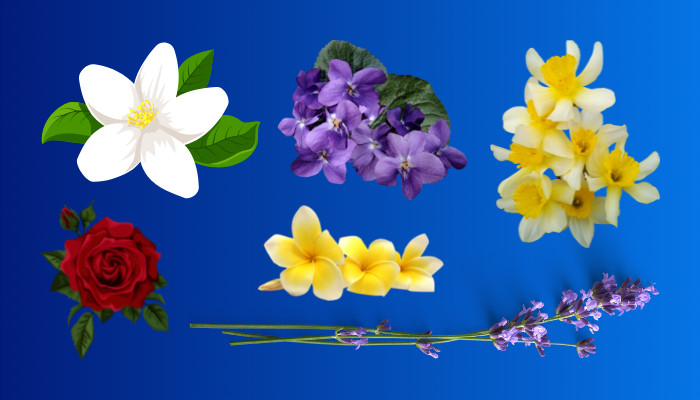
Lavender: The most versatile flower, lavender is utilized for culinary and medicinal purposes. It is known to have calming power.
Research has confirmed that lavender essential oil relaxes and lowers stress. It also slows down and deepens your breathing which automatically makes you rest. When bathing wasn’t typical during the Elizabethan era, lavender was used to scent clothing and linens.
Moreover, Pests, including mice, flies, mosquitoes, and others, are repelled by the aroma of lavender.
Narcissus: It has a strong, intoxicating, spicy aroma. It differs because of the additional hay, honey, and green notes. Also, compared to other white blooms, it is noticeably sweeter. The cost of this raw material is high.
Despite its narcotic aroma, perfumers must exercise caution when utilizing this ingredient because it is pretty potent. Only a minimal bit is required to avoid the scent becoming overwhelming.
Frangipani: Given that it possesses the most intense floral scent of any flower, many perfumers choose the heart note of frangipani.
In many cultures, frangipani has a profound and rich meaning. They represent grace, beauty, and new beginnings, but they can also represent creation, immortality, safety, and refuge.
How do you make perfume out of flowers?
You might think making a perfume with flowers all by yourself is difficult. Honestly, it is easier than you think.
First, you should decide which natural ingredients you want to put in your perfume.
Choose flowers which naturally attract you with their smell. Rose petals, mint, rosemary, or citrus blooms and leaves are all options.
When the plant’s aroma seems to be strongest and the leaves are still not wet, gather your plant materials. If you are a gardener, you can gather from your own backyard; otherwise, visit the floral area of a health food store or farmer’s market.
Second, dry out your chosen flower, which involves exposing them to air until they are limp.
This procedure is often referred to as the clover drying method. This will help your perfume scent more concentrated by lowering the water content.
Third, either cheesecloth or fiberglass netting should be cut to a square foot.
You need to utilize a filtration system that is bendable and adaptable. Place your cheesecloth inside a clean, empty mason jar or bowl, making that the four corners hang outside the container.
Now, put all the petals or leaves inside the jar and place on top of the fabric. Pour enough water to cover the petals’ tops. Place a lid on top. Wait and let the mixture soak the whole night.
Forth, take off the lid and gently fold the cheesecloth’s four corners together the next day.
While the water and petals are still within the pouch, remove it from the bowl. Then, using a small saucepan as a straining vessel, gently squeeze the cheesecloth. The flower-scented water will thereafter be released.
Fifth, turn on the stovetop and simmer the flower water over low heat until you have about one teaspoon of liquid remaining.
After that, put it into a rollerball container or a miniature spray bottle after it has cooled down.
Because essential oils have the potential to irritate if utilized improperly, it is crucial to conduct research on the effects of your substances. Follow the ratios specified in your preferred recipe, and they will lead you through the procedure.
Once you have created your desired fragrance, you may transfer the perfume oil to a rollerball bottle or a small spray bottle using a pipette or dropper.
How do flowers make scent?
In order to let pollinators know that the flower is ready for fertilization, flowers release a distinctive floral musk. By moving from flower to bloom, pollinators like hummingbirds, bees, and butterflies finish the process of delivering pollen to an egg, producing fertile seeds.
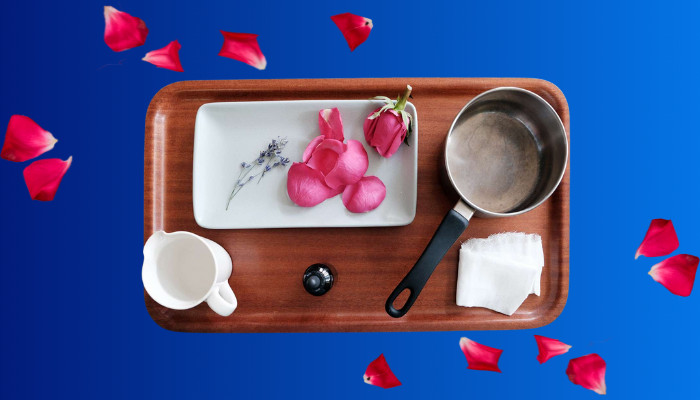
However, a flower’s defense mechanism against being eaten is the production of an unpleasant fragrance of cardiac and steroidal glycosides within the bloom when a herbivore animal approaches.
Conclusion
There is a reason flowers are mostly used in fragrance in today’s world. They make you fall in love with the scent immediately. You can even make your own perfume using your favorite florals by sitting at home.
If you have any further queries, please feel free to ask them in the comment section, and I would be happy to answer them.
